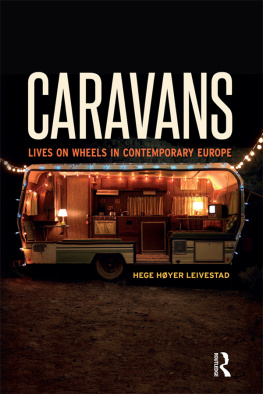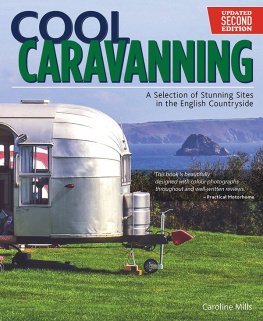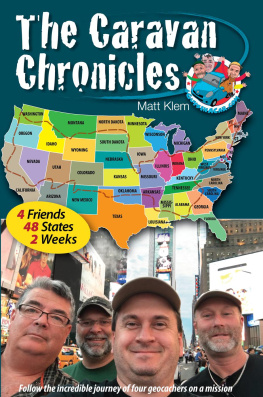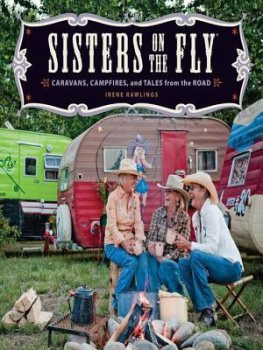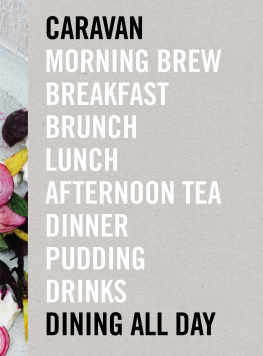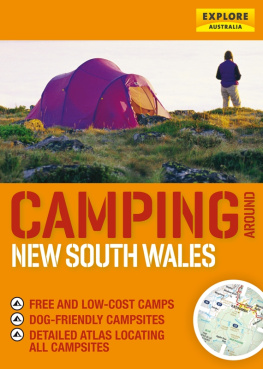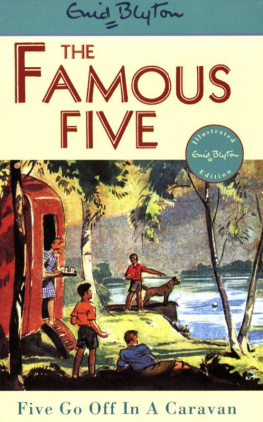First published 2018 by Bloomsbury Academic
Published 2020 by Routledge
2 Park Square, Milton Park, Abingdon, Oxon OX14 4RN
605 Third Avenue, New York, NY 10017
Routledge is an imprint of the Taylor & Francis Group, an informa business
Copyright Hege Hyer Leivestad, 2018
Hege Hyer Leivestad has asserted her right under the Copyright, Designs and Patents Act, 1988, to be identified as Author of this work.
For legal purposes the Acknowledgements on p. ixxi constitute an extension of this copyright page.
Cover design by Adriana Brioso
Cover image Andy Reynolds/Getty Images
All rights reserved. No part of this publication may be reproduced or transmitted in any form or by any means, electronic or mechanical, including photocopying, recording, or any information storage or retrieval system, without prior permission in writing from the publishers.
Notice:
Product or corporate names may be trademarks or registered trademarks, and are used only for identification and explanation without intent to infringe.
A catalogue record for this book is available from the British Library.
A catalog record for this book is available from the Library of Congress.
Typeset by Deanta Global Publishing Services, Chennai, India
ISBN 13: 978-1-350-02992-7 (hbk)
ISBN 13: 978-1-350-13245-0 (pbk)
First and foremost, this is a book about, but also for, the caravan residents at Camping Mares and Lake Camping. My deepest gratitude goes to you for letting me peek into your drawers and cupboards, for making sure I was always safe, for making room for me on your coach, for sharing your wine, putting up my awning and for teaching me how to properly play bingo. Lucy, above all, this book is the result of our friendship. And John, Clive and Laura, even though you probably would have objected to the pseudonyms, you are deeply missed.
Many other actors in the camping industry and caravanners I have met since the first fieldwork phase in 2010 deserve special thanks for facilitating my work and letting me hang on to them during trade fairs and meetings. The fieldwork that formed the basis of this project would never have been possible if it was not for the generous funding provided by the Swedish Society for Anthropology and Geography (SSAG), Helge Ax:son Johnson Foundation, Stiftelsen Rhodins Minne and the Department of Social Anthropology at Stockholm University.
This book is also a result of the many conversations and support I have had from my wonderful colleagues at the Department of Social Anthropology at Stockholm University over several years. I have relied on all of those who read drafts, as well as listened and commented on my ideas at seminars and presentations. Beppe Karlsson has been an invaluable mentor and friend, reading version after version of this text and delivering the honest comments needed in order to improve it. Anette Nyqvist and Siri Schwabe have both helped immensely in improving this book, carefully reading and commenting critical sections. Christina Garsten, Johan Lindquist and Mark Graham have offered me constructive criticism and advice, for which I am extremely grateful. Helena Wulff first introduced me to the editor at Bloomsbury, and has generously supported my work and strivings. Erik Olsson and Alireza Behtoui deserve thanks for their support and loyalty. Mia Forrest, Jannete Hentati and Hannah Pollack Sarnecki have commented on parts of this text and always been just a phone call away.
At University of Oxford, where I spent some months as a visiting scholar in 2012, Inge Daniels has been a wonderful mentor, feeding me with interesting thoughts around the issues of materiality and the home. Tim Cresswell read and commented on an earlier version of this book, and this text has benefited greatly from the input provided by such a fantastic mobility scholar. My dear friend, and admirable anthropologist, Ruben Andersson, helped me rethink and reframe my ideas before transforming this into a book.
There are countless colleagues, in Sweden and abroad, who have shared their knowledge and given critical input during academic seminars, conferences and conversations. Thanks to the EASA Mobility Network ANTHROMOB, and especially to Noel Salazar. And to Alice Elliot, Roger Norum and Jamie Coates for showing me the value of academic friendship. Allison Formanack and Jeffrey Albanese co-organized with me a session on mobile dwellings at the annual meeting of the American Anthropological Association in 2015, which helped rethink many of the issues in this book. I have also benefited from advice and suggestions provided by Denise Lawrence-Zuega, Douglas Holmes, Matthew Hull, Michael Hall, Liz Hallam, Krisztina Fehrvry, Jon Mitchell, Timothy Malefyt, Andre Guedes, Karen OReilly, Caroline Oliver, Anna Gavanas and many, many others.
Stephen Glennon deserves thanks for patiently improving the language in large parts of this text. I also wish to thank two anonymous reviewers for suggesting important changes, and my editors Jennifer Schmidt and Miriam Cantwell, as well as Lucy Carroll, for all the work theyve put into this publication.
Research for and the writing of this book coincided with many deeply difficult years in my personal life. I am for always indebted to my friends and family in Norway, Spain, Sweden, Denmark and elsewhere for showing love in moments of illness, death and separation. To Catrine Rumohr who called every day. To Andreas Adegren for being a great father for our daughters, for towing the caravan and for everything in between. My mothers husband Terje Tjrns has provided an architects view on the campsite phenomena and accompanied me to Benidorm taking photos for this book. My brother Eirik Hyer Leivestad not only stood by my side through all these years, but has also been my intellectual sparring partner and carefully read and tidied up my language in a range of drafts and texts. Javier Iiguez Balsalobre followed me through the last phase of writing up this book, and he took me travelling.
Above all, I am grateful to my mother, Valborg Leivestad, who continues to be the pillar of my life, for her infinite attention and unconditional love. Her deep intellectual and personal engagement with my research has been invaluable. When I open the mobility books I took from his shelves, with the same initials always scribbled on the first page, Stolen from KGH, I intensively wish my father, Karl Georg Hyer, would also still be around to see the end of this work, and that we could discuss it on the balcony in Sogndal with the tall mountains and the deep Sognefjord as the background scenery.
Finally, I dedicate this book to the two most important persons in my life. My brilliant daughters Ada Leivestad Adegren and Hedvig Leivestad Adegren. And Ada, when you struggle to explain to your friends at school what your mum actually does for a living and why she spends so much time in caravans. Here is your answer.

